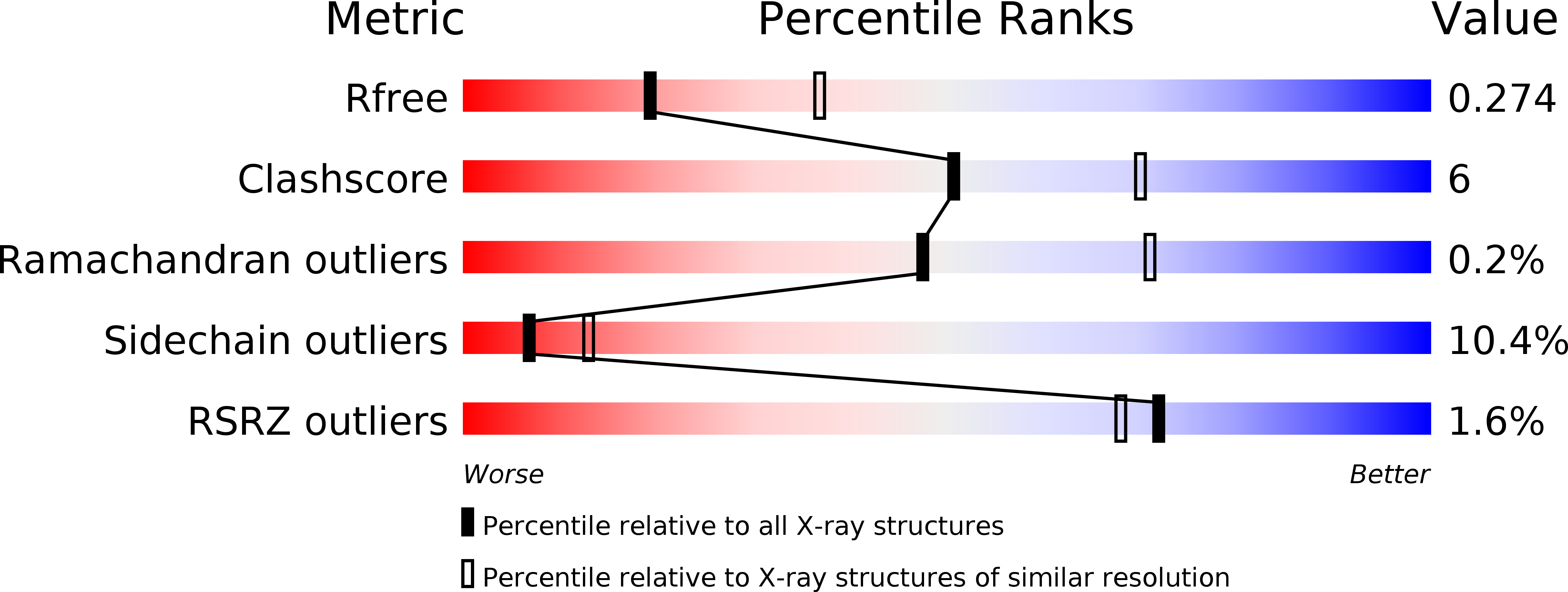
Deposition Date
2012-07-06
Release Date
2013-05-22
Last Version Date
2023-09-13
Entry Detail
PDB ID:
4FZB
Keywords:
Title:
Structure of thymidylate synthase ThyX complexed to a new inhibitor
Biological Source:
Source Organism:
Paramecium bursaria Chlorella virus 1 (Taxon ID: 10506)
Host Organism:
Method Details:
Experimental Method:
Resolution:
2.59 Å
R-Value Free:
0.26
R-Value Work:
0.21
R-Value Observed:
0.21
Space Group:
P 1


